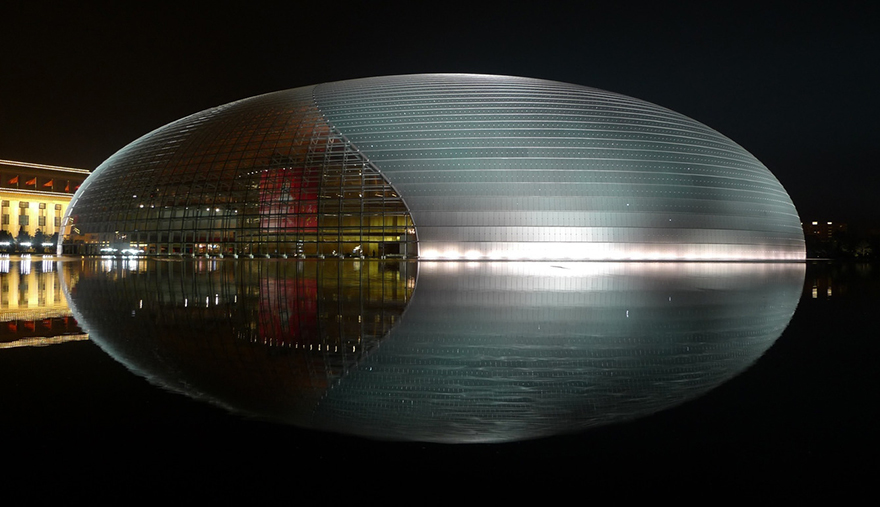 Headquarters of China National Grand Theatre. Paul Andreu, 2007. Image: Randomwire, Flickr
Headquarters of China National Grand Theatre. Paul Andreu, 2007. Image: Randomwire, Flickr
The buildings have become very powerful propaganda weapons. In some cases, its very construction is a major event media, attracting the attention of very many people through media. Spectacular images broadcast surprising ways that are supposed to hold activities that generally are unknown and do not matter too.
In this process, especially, certain types of buildings, such as cultural and sports contribute greatly to the global visibility of the regions and cities. Generate, so to speak, Shocking improved attractiveness of nations and as a result seems to indirectly promotes economic development. Somehow, the offices of public institutions and large corporations also try to participate in this game of international positions.
In the generation of global brands, not only the architecture but also art, represent an inexhaustible resource. The case of China's recent art offers a paradigmatic example in this regard. There, a character like Ai Weiwei supposedly fighting for freedom of expression in that vast country is a representative of that ceremony confusion that have signed numerous artists and architects.
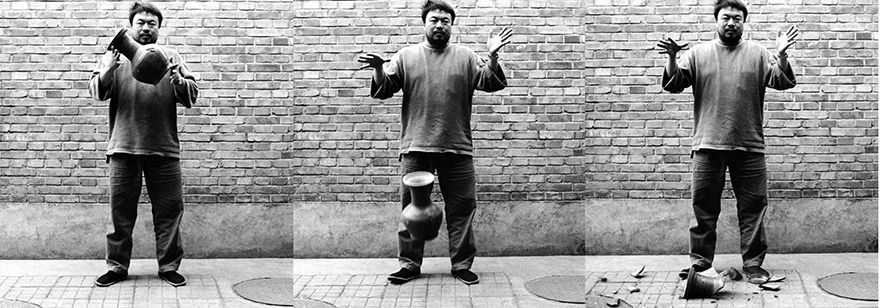 Missing, Throwing a Han Dynasty urn. Ai Weiwei, 1995
Missing, Throwing a Han Dynasty urn. Ai Weiwei, 1995
With his face impassive, Weiwei poses situations that frighten us while we are forced to think hard about the conditions of our contemporary. Intriguing performative works are an intelligent creator who is critically reflect what happens in their living environment. Like when destroyed at a public event a valuable ceramic piece, ancient treasure dating from the time of the Han dynasty which was part of the vast cultural heritage of their country. Or when another vessel also painted with the symbol of ancient Coca Cola. Thus facing his countrymen to a hurtful choice, Are you hopelessly destroying a past rich in towards introducing unthinking modernity from other places? Is it good or bad for the opulent Chinese culture? Or when artisan manufactures more than one hundred million sunflower seeds on which I have spoken in elsewhere. In this project we faced the paradox of a world in which large companies struggle to cut costs and thus destroy the craftsmanship and with it the livelihoods of millions of people and, at the same time, those same companies pay generously to an artist to do a piece that indirectly increase his prestige as a patron of the arts.
In regard to the architecture is similar to producing a process in which the artistic world interest has migrated East. Initially, creators, architects and design firms many countries have come to the end of the world to build the new image of China. As was the case for example with the spectacular headquarters building CCTV state television, built by Rem Koolhaas OMA y. Initially, outsiders have defined this new way of doing architecture as we see today began to emerge Chinese architects also begin to recognize themselves as professional brands planetary influence. This is the case Wang Shu would get the Pritzker Architecture Prize in 2012, West recognizing their suggestive history of working with his partner Lu Wenyu, architect also.
 The new headquarters of the state television company CCTV. Ole Scheeren y OMA, 2009
The new headquarters of the state television company CCTV. Ole Scheeren y OMA, 2009
What is evident is the enormous global strength has gradually gained several decades, the nation within whose geography are grouped over 1300 million people.
The architecture has evolved into an essential tool for global positioning and thus countries, most gifted architects are still useful for some extremely powerful powers. Too bad it tends to turn into a tool for the establishment of unequal relationships and therefore, final hegemony of capital concentration in the hands dwindling and more specific sites. These spectacular buildings, that handle huge amounts of money earmarked, contribute indirectly to attract this resource is scarce and fickle mankind care. It is guiding the gaze of hundreds of millions of people to certain parts of the world in which it is assumed that meets the accumulated capital, an assumption and the ultimate progress of cultures. It seeks to express well the power of those places as centers of global decision that you have to go and admire.
This approach expresses a false and erroneous targets that stimulate radical centralization of wealth and goods become scarce and plunge us all into the future infeasibility of human existence on earth. Because of this, those architectures admired also contribute indirectly to increased human differences and ruthless struggle of all against all for natural resources and food. Finally, aesthetics has been put at the service of injustice and inequality.
Some examples may illustrate this process of forming an architectural image that is admirable but ethically reprehensible. The funny thing is that the most representative of Chinese architecture made in recent decades formal obey a clearly identifiable patterns. Some of these buildings have made rounded ellipsoidal shapes and volumes trying to get away from the spherical surfaces in characteristic informality sought. It would be witnessing the birth of a generation of what we could call chinoiserie ovoid.
An example of ellipsoidal shape halfway between contemporary expressions and recent European in China is to be held to host the Beijing Opera. The gigantic egg designed by Paul Andreu in the early and completed in 2007 is an expression of that effort in which the order and character of Western culture are sought to introduce in a country under construction and powerful development. The Opera building designed by the Parisian architect would be the first example of chinoiserie ovoid on record. That the Chinese elites invest enormous resources in importing exotic ideas to start building its own expression.
The work is structured as a gigantic titanium whose perfection is reflected in a pond perimeter and defining finishing its exquisite geometric. An ideal visual image that expresses exactly the birth of technical and constructive power of a country that wants to occupy a prominent place in the concert of nations.
Or the Olympic Stadium Pekingese, designed by the Swiss architects Herzog and Meuron with the curious collaboration-again- Ai Weiwei e inaugurado en 2008. In this structure, whimsical shapes tend to ovoid serve to generate a unique building, whose main task was to arouse the admiration of site visitors and spectators from the farthest corners of the globe. The excessive cost would not be a problem when what was theirs to produce a global media impact.
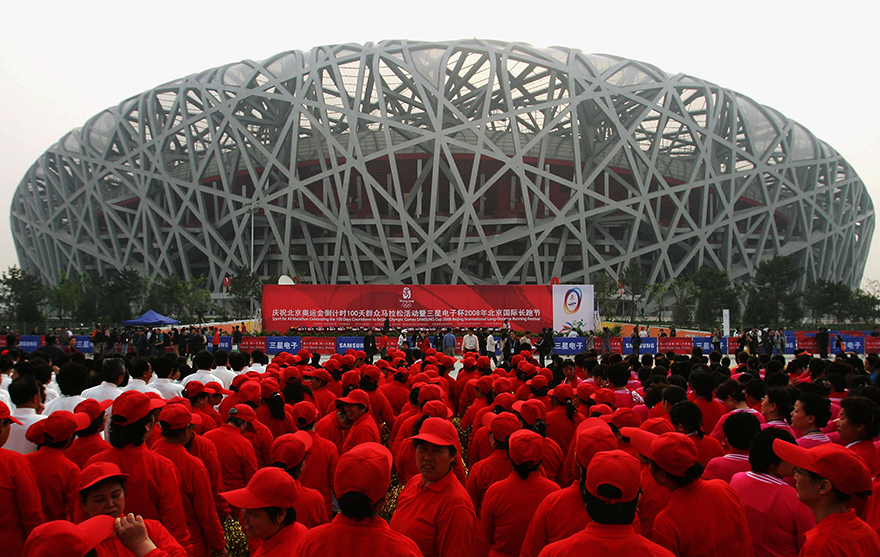 Outside the Beijing Olympic Stadium. Duke&DeMeuron of Ai Weiwei, 2008
Outside the Beijing Olympic Stadium. Duke&DeMeuron of Ai Weiwei, 2008
Today the so-called "Birds Nest"Remains empty as a useless piece of sculpture manifests. Once their spectacular claim is abandoned to their fate as has happened to numerous brand building, showing that the call branding the marked of cities is a tool that contributes to the growing waste which aims of which is to our civilization.
A new emerging generation of architects has emerged following an unusual glitter. They try to take over from these foreign pioneers in building China's spectacular brand. This is the case of the MAD team led by the young Ma Yansong, a star and gives numerous lectures and exhibitions and works made in different parts of the world.
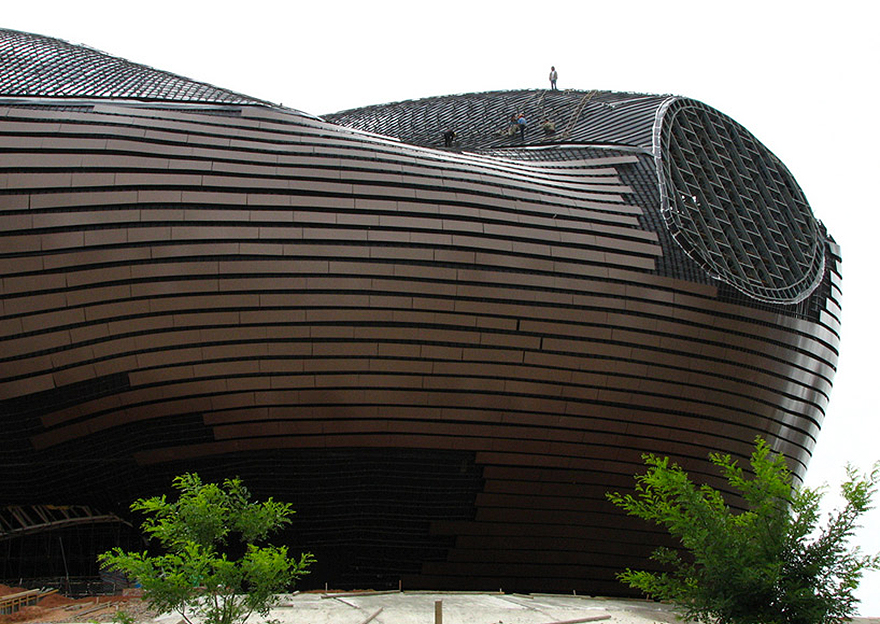 The building facade Ordos Museum. Ma Yangson the MAD Architects, 2011
The building facade Ordos Museum. Ma Yangson the MAD Architects, 2011
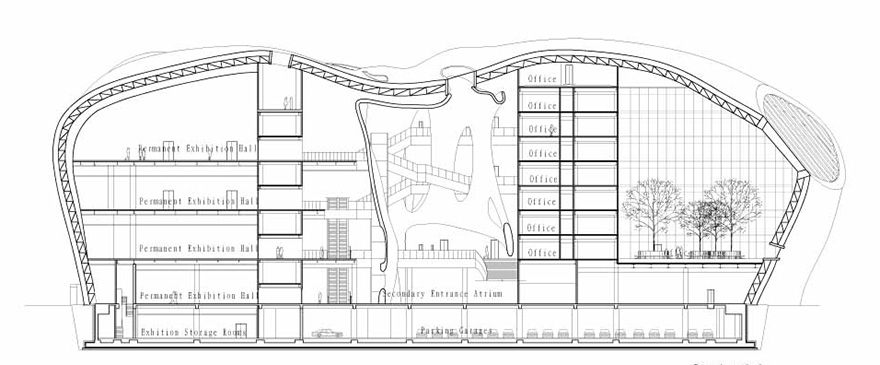 Building cross-section which shows the construction strategy in relation to the structure
Building cross-section which shows the construction strategy in relation to the structure
In Ordos, a faraway town in the region of Inner Mongolia, at the edge of the Gobi Desert, MAD crazy the self have built a huge structure shaped tuber. A spectacular new museum is not known yet what will devote: His justification turns to thoughts of Chairman Mao: “only on a clean sheet of paper you can draw the most modern and nice picture”. On Ordos Museum, interior spaces dedicated to various possible and occupy more exposures alleged 40.000 m2 and are shown as the public, Content orphans since its opening in late 2011. Hundreds of thousands of journals and art and architecture blogs have been quick to reflect this event provides an important new international culture icon. A piranesianas memories manifest nonsense that expands at speeds lighting and some enlightened Baroque architects abominarían.
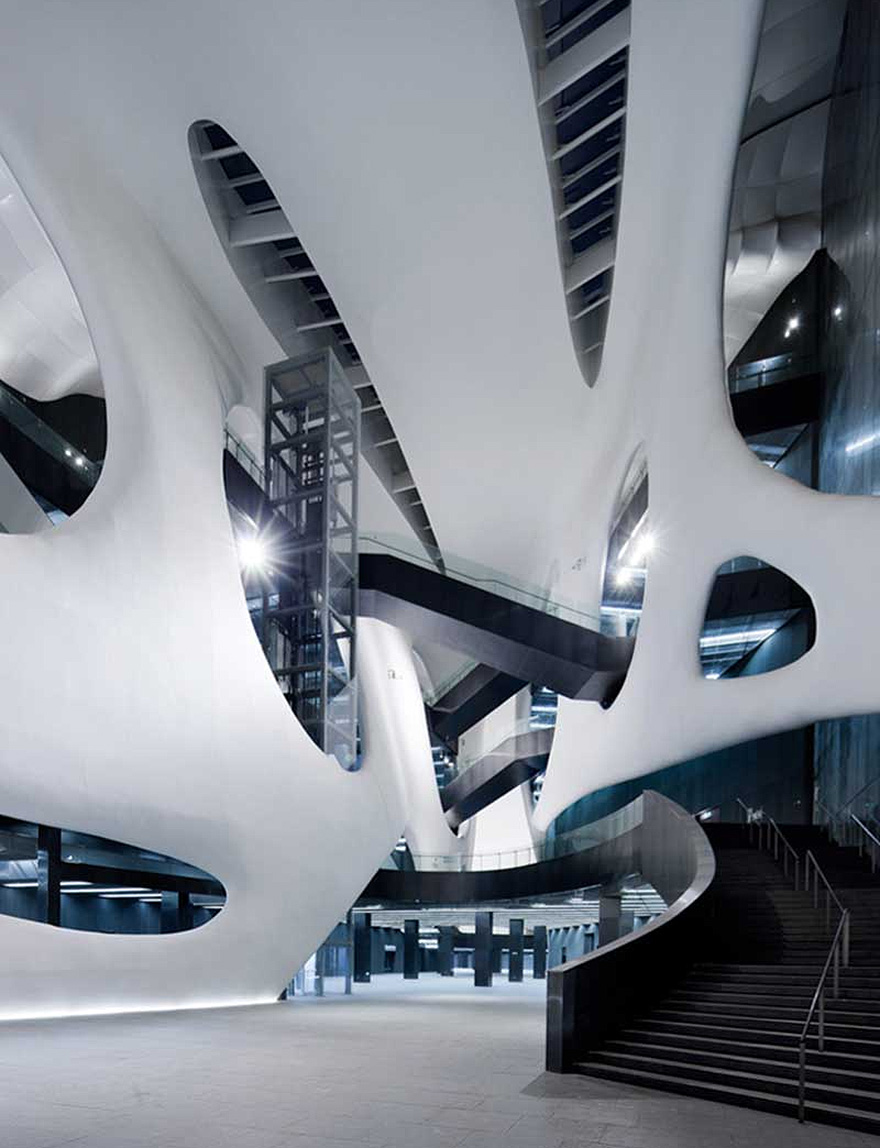 Lobby inside the Museum of Ordos
Lobby inside the Museum of Ordos
Or the strange metallic structure appeared in the design district of Shenzhen's work study of the architect Pei Zhu, Beijing resident. According to public statements the challenge is to provide practical solutions reflecting strong conceptual thinking and innovative. A declaration is empty ideological defend the conceptual poverty of the authors.
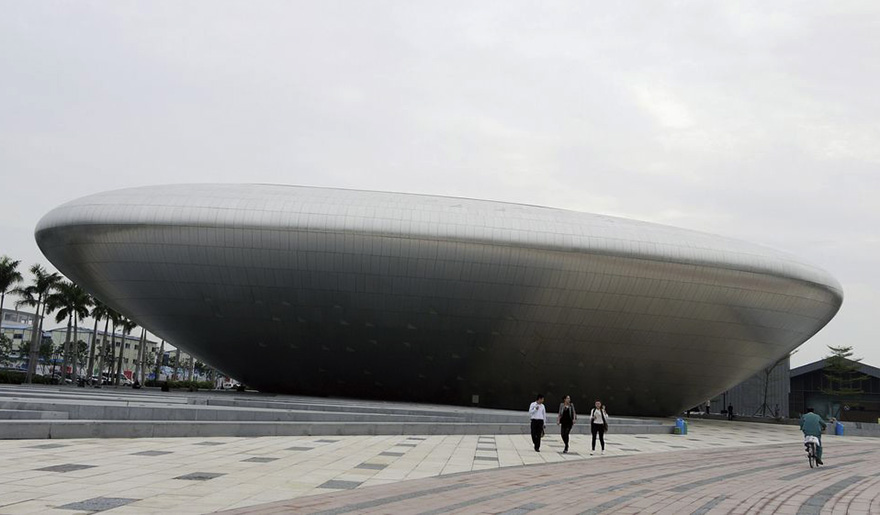 Design Museum in the district Shenzhen OCT. Pei ZHU Studio, 2012
Design Museum in the district Shenzhen OCT. Pei ZHU Studio, 2012

More like a starship in which a group of aliens just come to our planet to a cultural center, OCT Design Museum is another irregular ellipsoid has come to populate another booming Chinese city, Shenzhen, situada a 200 kilometers from Hongkong foaming human hive. Its interior limpid astounding in its nakedness and snowy abocándonos clearly a mental vacuum that frees us from any reflective thought. The question is Why are vast areas that are populated urban sculptural constructions? Why we journey from distant parts of the world for contemplation?
These buildings languish as mere decorations that are supported by huge structural stage machinery for volumetric effects quite debatable. Some exterior and interior skins distorting construction process and respond to that false ideology Count Potemkin opened for Empress Catherine the Great and in our times have led to extremely questionable buildings as the Guggenheim Museum in Bilbao.
We see that these works are actually empty shells whose content and functionality and durability of little interest in most cases. Volumes represent only autistic highly spectacular spaces. In them the utility and service to people coming absent or accessory usually has a value. Efforts have been made mainly to build images. Frames that show enhanced aesthetically striking shapes and interiors worthy of Piranesi's imagination better and have a single destination: dissemination through networks and global telecommunications networks. Advertising photos and videos are made by the most renowned artists, in which the thought, written reflection does not matter beyond the slogan and only contribute to the construction iconically recurrent competing brands of cities and countries.
 The monumental lobby China National Grand Theatre. Paul Andreu, 2007. Image: Aas Andreu
The monumental lobby China National Grand Theatre. Paul Andreu, 2007. Image: Aas Andreu
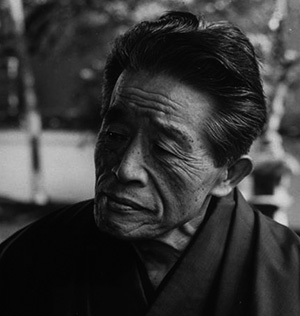


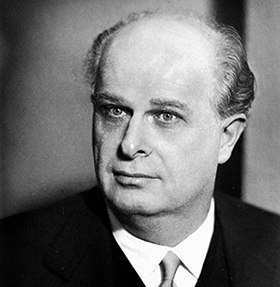
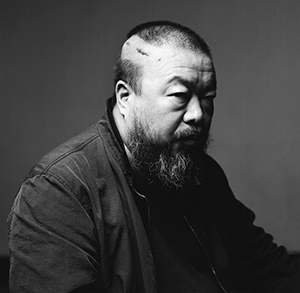
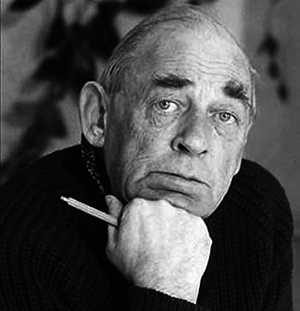
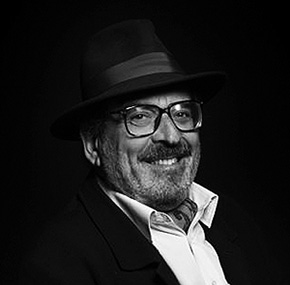
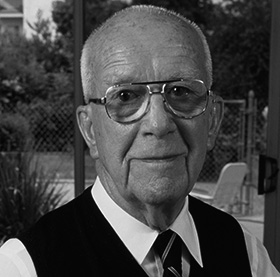
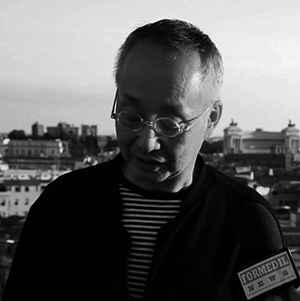
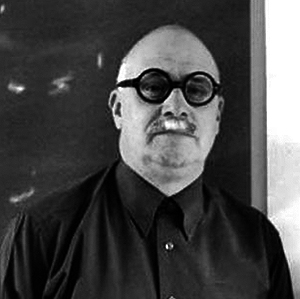
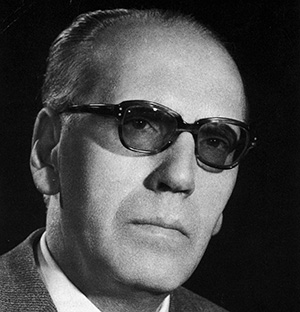
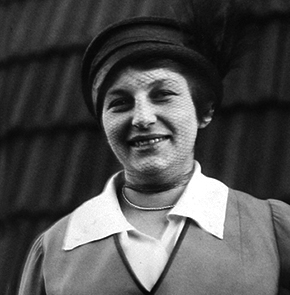
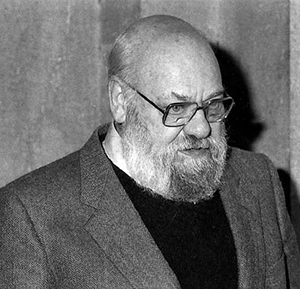
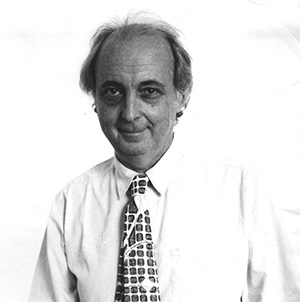

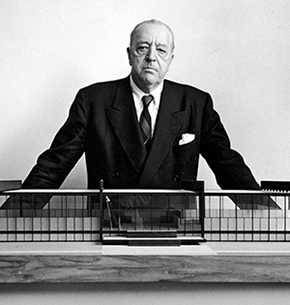
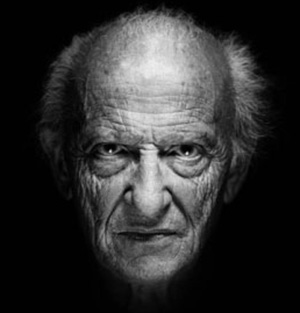
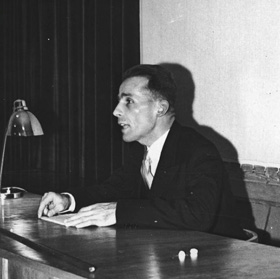

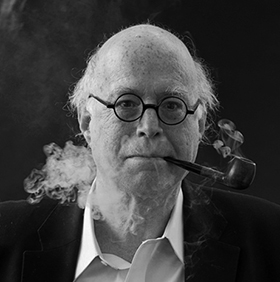
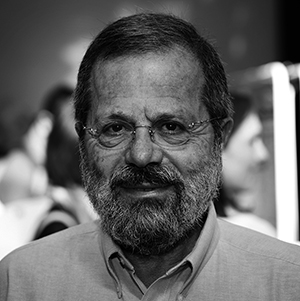
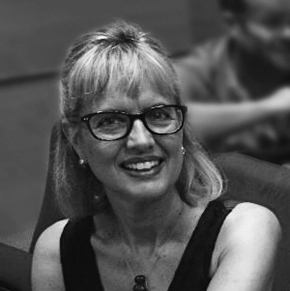
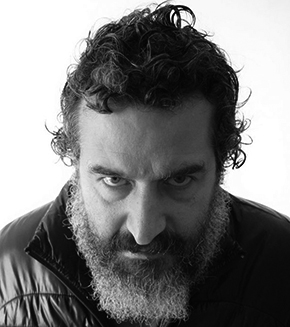
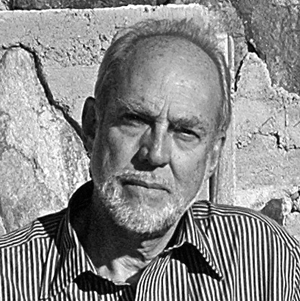
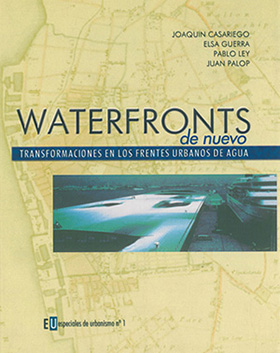




and how is here Koolhaas?…… it shows us the architect as cold, who admires him for that (to my understanding) understand the reality of our moment in time, put cold person because: Maybe even being aware of being part of the actors who are criticized in this article he has no problem in accepting?
I think Koolhaas belongs to another category as Chinese architects representing these emerging, as his great knowledge of the reality of today's world makes him act in a completely different.
These professionals believe I review Chinese spectacular scenery and stage machinery that have little to do with architecture, as I understand it. Koolhaas, however, attempts to offer a critical view of reality through their architectures. And no doubt profiting if necessary, acting also an unacceptable cynically. In my opinion, he saves his love of architecture of the past and his desire to act as a notary-o, best, journalist- describing the stories to thrill.
I met him as a cold person, and the last thing I want mention. Not knowing the English limited a lot and even more with this architect who is considered the new Le Corbusier, pages or blogs that talk about the present just as “new”,Koolhaas new thing but it does profundisan or clarify, take it as on understanding, de que alli: “his love of architecture of the past” the “stories to thrill”, I sound strange in this architect.
I would beg an example or a page or URL per blog ( preferably in Spanish hehe)….thanks